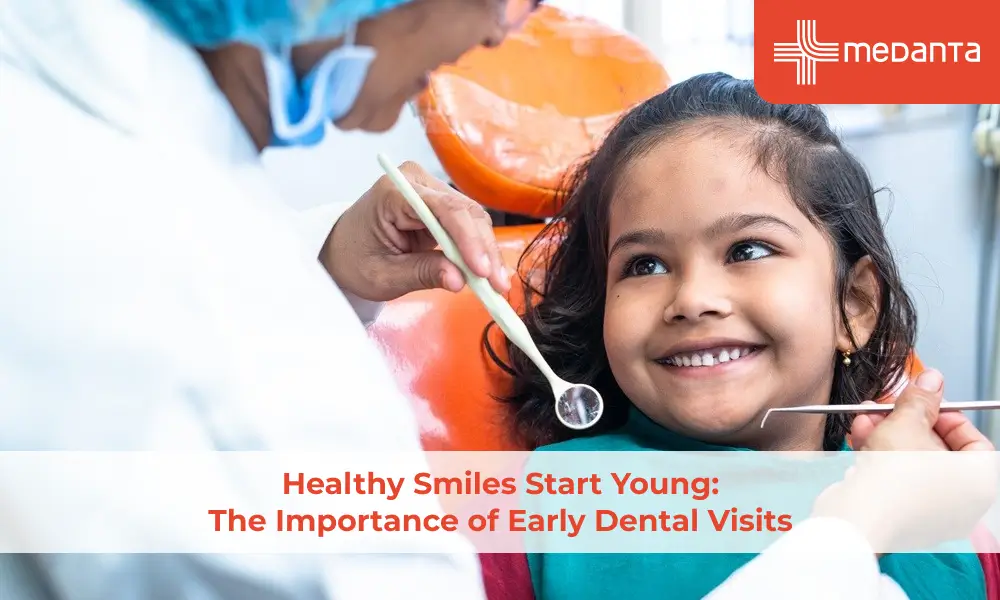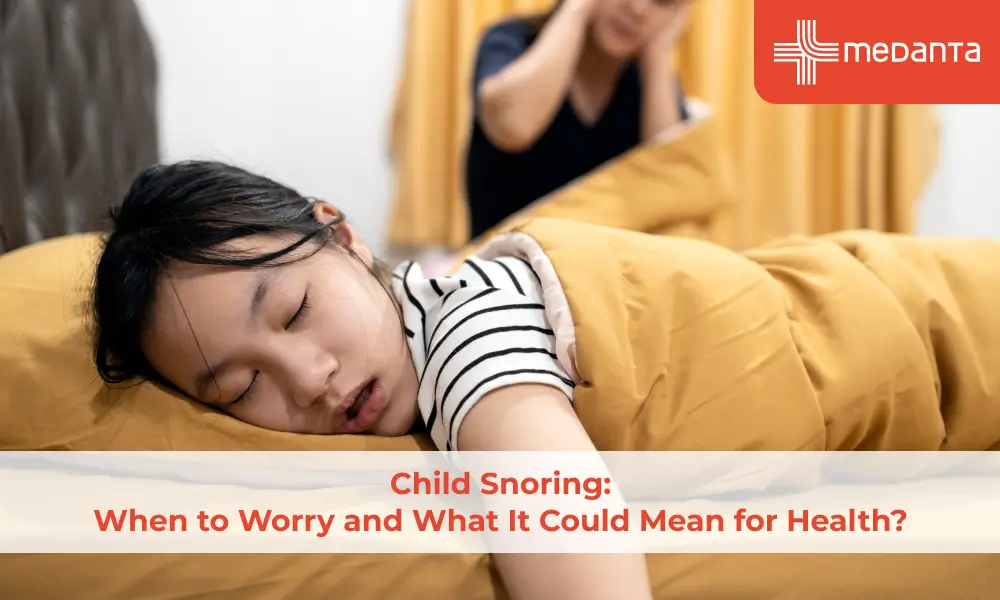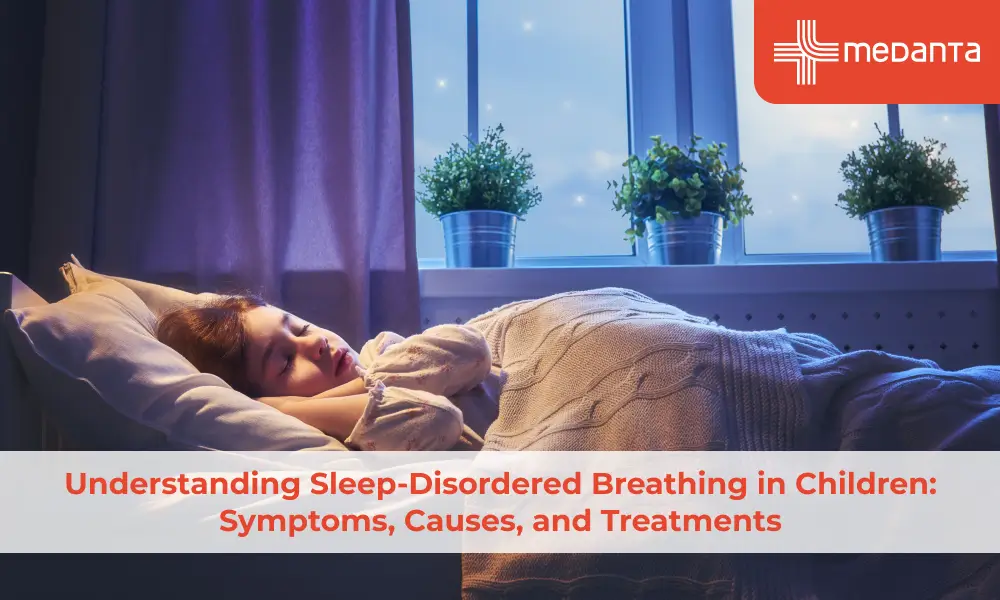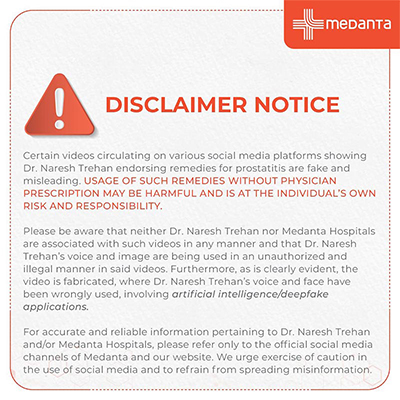Pollution and Its Effects on Orofacial Musculature Growth in Kids and Its Effect on Breathing - How to Prevent the Same
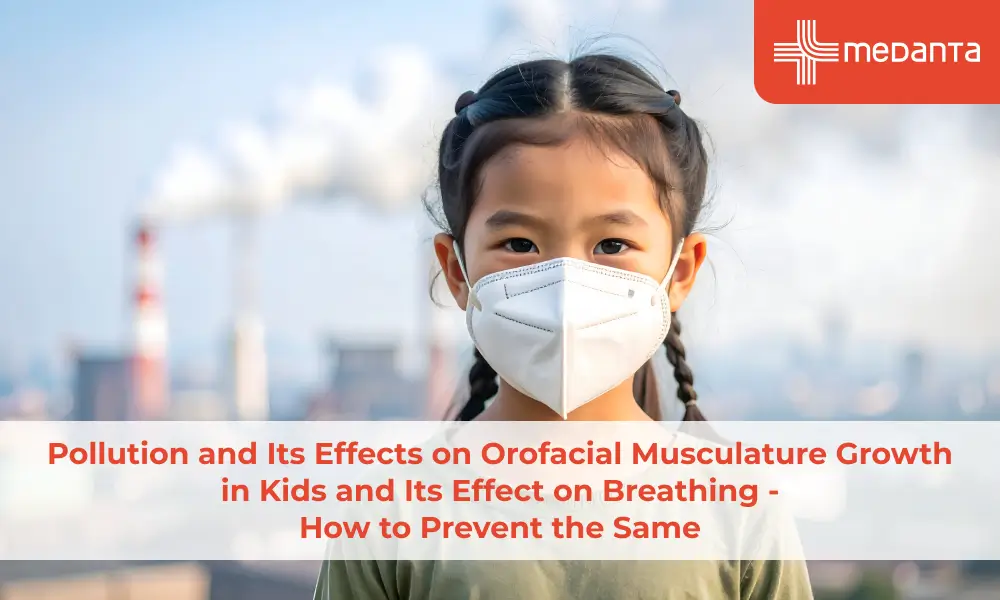
TABLE OF CONTENTS
Pollution has become a public health crisis in India, and the most worrisome part is that its effects on children can become long-lasting! Apart from causing breathing problem, pollution also impacts the orofacial muscle growth in children, a very serious condition that will damage your child’s health!
The tongue muscles and the branchiomeric muscles of the lower face are the orofacial muscles, and speech, swallowing, and chewing are their primary functions. Proper airway development, facial profile, TMJ health, and tooth alignment all depend on how a child's face and jaws grow during the early years. Pollution makes it harder to breathe through the nose and mouth breathing caused by pollution can permanently harm the growth of orofacial muscles in children.
The development of the facial skeleton and malocclusion are intimately linked to breathing difficulties and mouth breathing! Half of the craniofacial development is finished by the age of two, and almost ninety percent of the craniofacial development is finished by the age of twelve. There is a connection between mouth breathing and environmental pollution, so let’s take a deep dive into learning how pollution is causing orofacial muscle growth issues in your child!
What Is Air Pollution and Does it Affect Children?
Contamination of the air by elements that are harmful to the environment or human health is known as air pollution, and gases, chemicals, or tiny airborne particles might be the source of the pollution. Air pollution can cause breathing issues in both children and adults and raise the chance of developing serious conditions such as asthma.
A serious decrease in air quality can result from tiny airborne particles that are present in smoke, soot, haze, and airborne dust. PM, or particulate matter, is the term for tiny airborne particles, and the most hazardous particles are PM2.5, the tiniest ones. They can penetrate far into your blood or lungs and harm adults and children permanently! PM10 examples include mold, dust, and pollen.
Air pollution affects children more because of their tiny and growing airways, as well as the fact that they breathe more quickly and take in more air than adults do. Children are also particularly vulnerable since their bodies are still building the defenses that help adults fend off illnesses. As a result, kids are more seriously damaged by air pollution than adults. Children are also more likely to spend time outside being active and become exposed to the pollutants of the air. High levels of air pollution exposure during childhood can alter a child's lung development, and orofacial muscle growth and increase their risk of lung illness later in life.
Pollution can Cause Mouth Breathing in Children and Create Developmental Issues
When a child is exposed to high levels of pollution, their nose might not work properly due to poor air quality, and to take in enough oxygen, they start mouth breathing. It is not in the nature of humans to breathe via their mouths, and the mouth should naturally stay in a comfortable, closed position at all other times except for eating or talking. When children start mouth breathing because of pollution causes, it starts harming their facial muscle development!
When a child is having difficulty breathing, parents should not waste time and consult a doctor because breathing difficulty in a child will soon lead to mouth breathing. If breathing through the mouth becomes a habit, the child will find it highly difficult to stop the practice, and with prolonged mouth breathing, their facial structure, jaw functions, and teeth alignment will all be affected as we mentioned before.
The research found that mouth breathing affects a child in the following ways:
Extended oral breathing can alter the anatomy of the nose and sinuses, frequently causing the size of the nasal airways to shrink, and this can worsen breathing problems and lead to chronic nasal blockage.
Because mouth breathing lacks the filtering and humidifying effects of nasal breathing, it has been associated with several general health problems, such as disturbed sleep patterns, decreased oxygen saturation levels, and an increased risk of respiratory infections.
Mouth breathing causes the tongue, lips, and jaw to move abnormally, which can alter the bites and tooth alignment in small children.
Exposure to High Pollution Levels can cause Breathing Difficulty at Night
When an adult or child stops breathing while they are asleep, it is known as sleep apnea, and usually, it occurs as a result of something blocking the upper airway. Obstructive sleep apnea causes difficulty breathing at night, which in its severe form can harm your child's health to an extreme degree. In addition to disrupting sleep and having trouble breathing, obstructive sleep apnea (OSA) can cause the body's carbon dioxide or oxygen levels to rise or fall, and children may experience restless sleep as a result. Untreated obstructive sleep apnea can cause issues with children’s behavior, cognition development, and heart functions.
Here are the main issues that cause difficulty breathing through nose and sleep disruption at night:
Sleep Apnea | When someone has sleep apnea, it indicates that their upper airway is somehow closed, and adenoids or enlarged tonsils may be the cause of this. Snoring, coughing, breathing pauses, choking, and restlessness are the symptoms when a child has sleep apnea. |
Mucus | Your child may breathe through their mouth out of need if their nose is congested or obstructed by mucus. Heavy air pollution can be a reason behind the production of excessive mucus. |
Allergies | When exposed to high levels of pollution, children often face allergic reactions which affect their breathing! Your child may have trouble breathing through their nose because of allergies and start mouth breathing as a result! |
Common Breathing Issues in Children
There are many types of breathing problems that affect children many of which get worsened by pollution.
Asthma
Airflow is restricted by this chronic inflammatory condition, which causes the muscles and airways to tighten (bronchospasm) and the lining around a child's respiratory system to enlarge. Wheezing, whistling, or loud breathing, tightness in the chest, a persistent or recurring cough, and dyspnea, particularly while exercising, are symptoms of asthma. It is associated with genetic risk, as well as environmental variables such as air pollution!
If asthma is not adequately managed, children may experience severe problems, and one out of every twenty children with asthma is admitted to the hospital each year. A severe episode can be fatal and cause oxygen deprivation, which damages the brain, and may also cause long-term lung damage.
Infections
Direct touch with an infected person's bodily fluids can spread diseases like respiratory viruses, which cause swelling in the lungs' tiny airways. The hallmark of respiratory diseases is a cough, although children may also have fever, runny or stuffy noses, or voice loss. The most vulnerable are infants and young children aged two months to six years, whose airways are so tiny that breathing can be considerably more difficult for them than adults people.
Anatomical problems
A severely deviated septum, usually brought on by birth trauma, is one of the most prevalent anatomical issues that result in mouth breathing! This indicates that the bone and cartilage that divide your baby's nostrils are positioned abnormally, and as a result, your child will have trouble breathing. They will then start breathing through their mouth, especially in a polluted environment when breathing through the nose is difficult.
Allergies
Allergic rhinitis is a response to an allergen that the body perceives as harmful and attempts to combat, and dust mites, mold, pollens, and air pollution are frequently the cause of this response. Histamine, which is released by the immune system, irritates the throat, eyes, nose, and even the lungs, and this results in wheezing, itching, a runny or stuffy nose, and sneezing in the child.
Final Remarks
Living in a place with a high pollution level is bad for everyone; however, children suffer way more than adults when they breathe polluted air. If you are located in a place with a high pollution level, it is best that you consult a physician before your child starts experiencing the worst symptoms caused by pollution. Early treatment and prevention methods can help children tackle the worst effects of pollution without permanently harming their bodies and health.
To discuss this issue with an expert physician, contact Medanta and set an appointment with renowned specialists!

